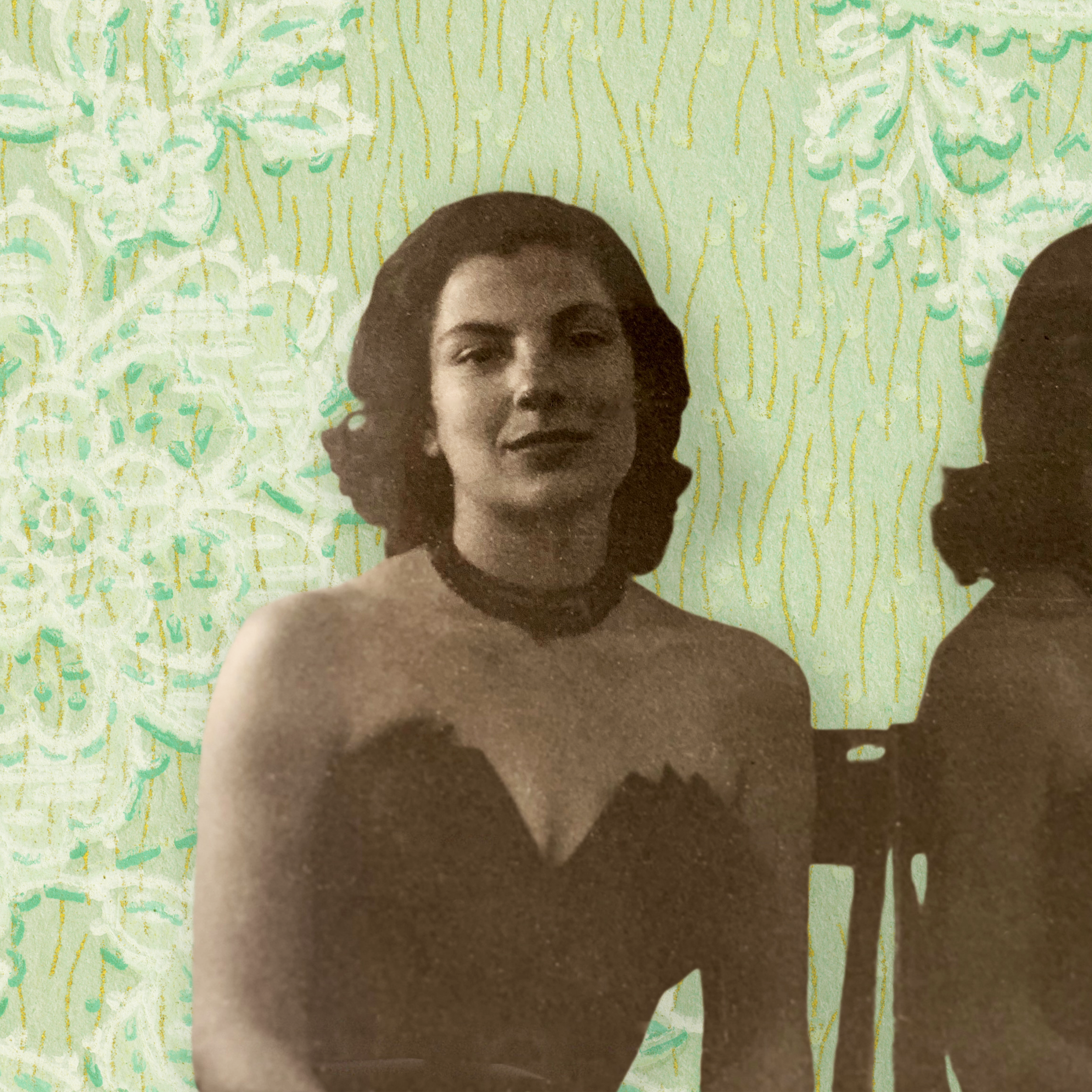The Art of the Memory Palace according to Isaac Arama
In the current issue of JQR, Rachel B. Katz explores a Jewish adaptation of classical ars memorativa centered on common prayers

Isra Suvachart, Interior paintings and columns of the Blue Palace in Jaipur, Rajasthan, India, Adobe Stock.
How do you remember things? Memories are stored in the mind, of course: we make “mental notes,” set long lists to song, use practice drills, and more. But how does it work, exactly? Where do memories reside; how are they created and retrieved when needed; and what relationship do they have to body and soul? These are questions that ancient and medieval thinkers pondered for both theoretical and practical reasons, in a tradition of ars memorativa.
In an essay in the current issue of JQR (114.3), Rachel B. Katz looks at a particular theory of memory involving the creation of a “mind palace,” or imagined map of rooms in which various memorized items are stored, through which a rememberer can navigate to “locate” a memory.
It’s a practice at least as old as the Greeks and popular in the Middle Ages among Christian intellectuals. Jews, on the other hand, appear to have been late adopters—not only of this practice but of reflecting explicitly on the art of memory in general. Katz looks at the first known discussion by a Jewish writer of the mind palace, showing that the fifteenth-century Spanish rabbi Isaac Arama took up the topic in a work called Akedat Yitzhak.
Specifically, Arama “developed an original Hebrew ars memorativa,” claiming “that the first and best memory palace comes not from Cicero but rather from the Hebrew Bible. Indeed, the central prayers of Jewish liturgy, the Shema and the Ve-Ahavta, function as a sort of verbal memory palace for storing and recalling all the commandments.”
Katz lays out Arama’s rich treatment of the role of memory in the fulfillment of commandments and his interpretation of these oft-repeated prayers as mnemonic devices. She ends with a preliminary suggestion that Arama embraced this device, despite identifying it as coming from “the nations,” as part of a wider push in his era to “undermine the hegemony of abstract intellection and reassert the importance of traditional—and embodied—ways of knowing.” In other words, his interest was part of a turn toward allowing the animal (or physical) nature of people, the human mind, and individual’s deeds, to define the highest good and the means by which it can be attained.


